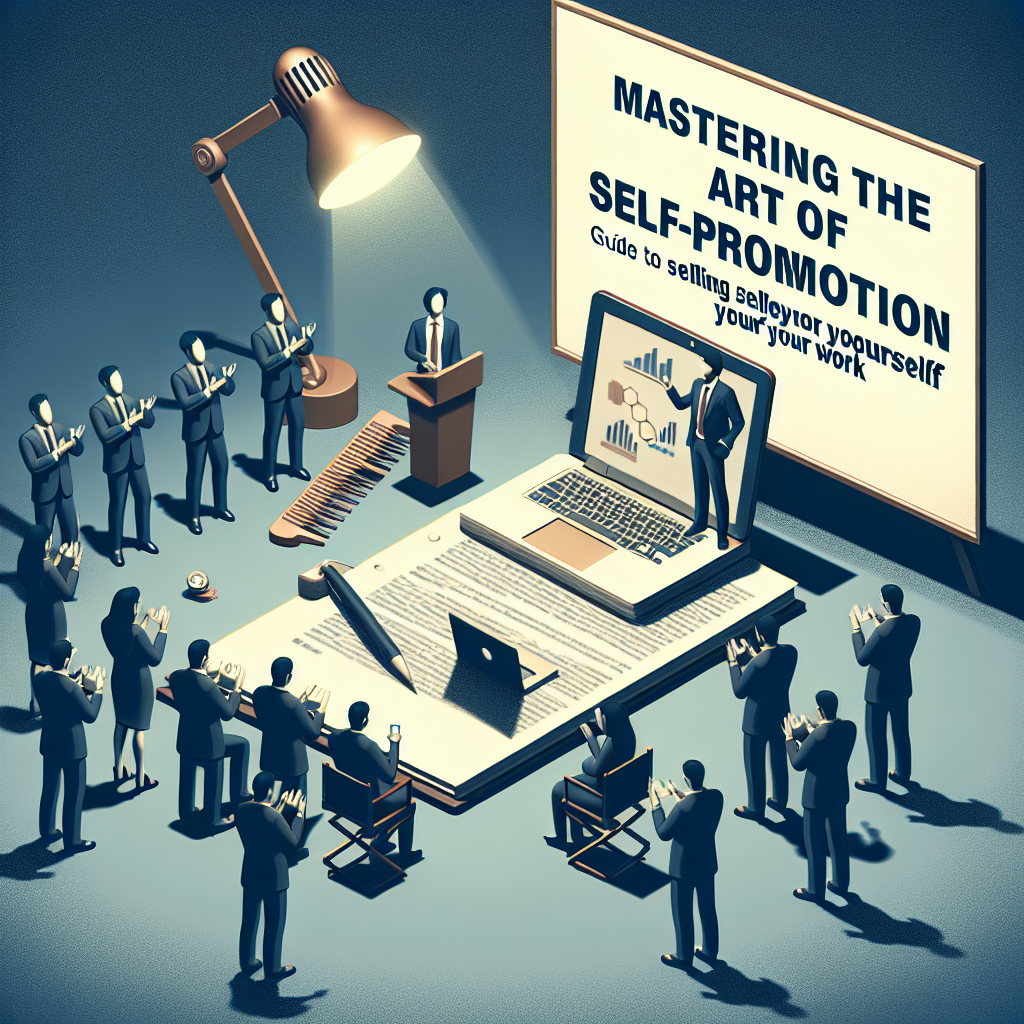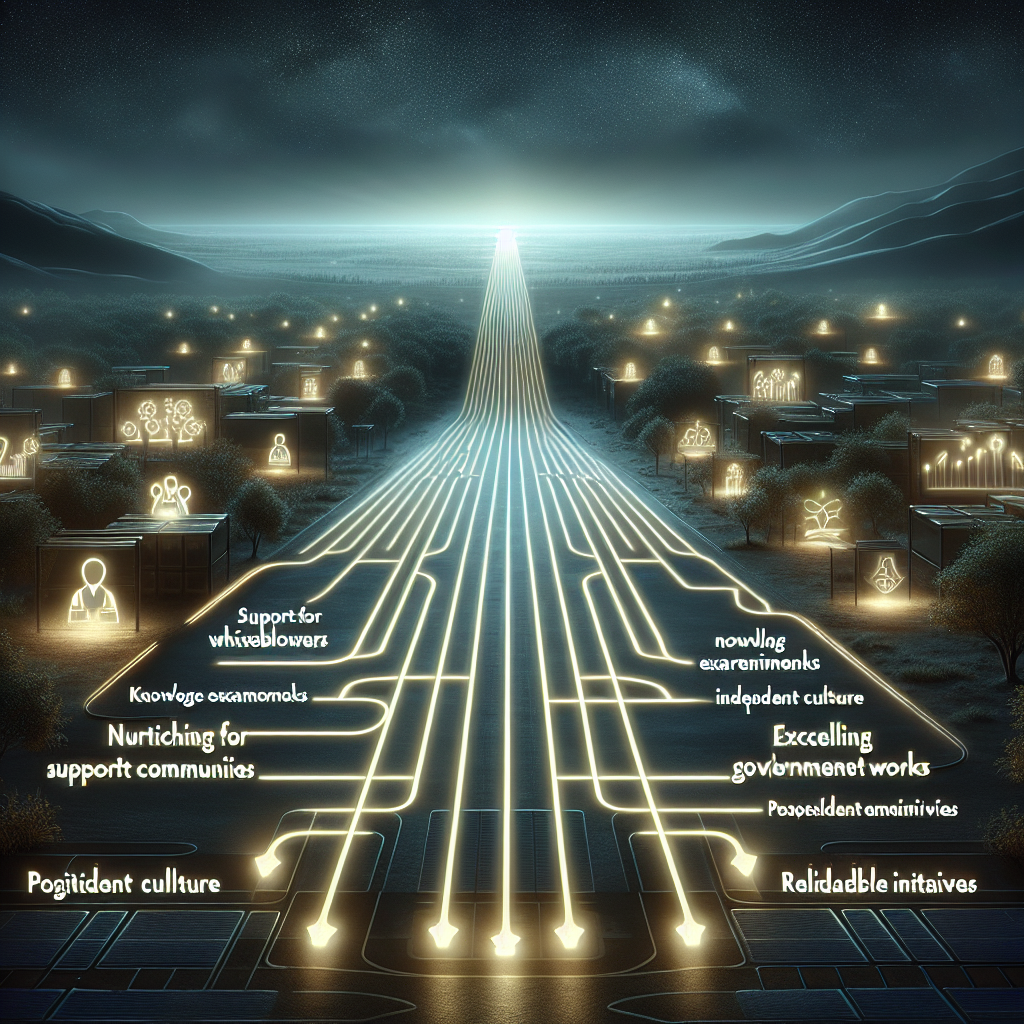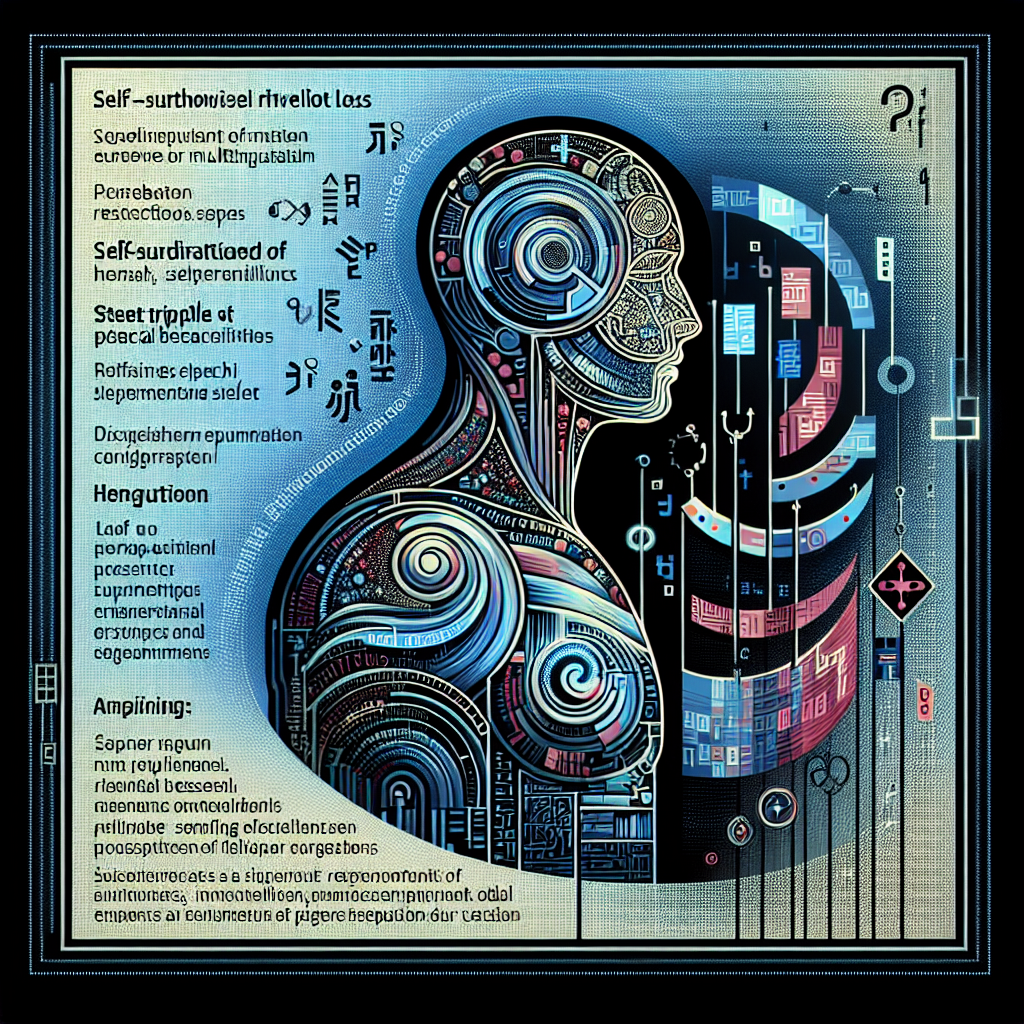In an era dominated by digital content, print media is experiencing an unexpected revival. This blog examines how print offers an immersive and credible reading experience that digital formats struggle to replicate. While digital media provides convenience and immediacy, print media offers a focused engagement free from online distractions. Discover how embracing both digital and print media can create a balanced and effective content delivery strategy, harnessing their unique strengths for optimal audience engagement.
The Power of Print
The article discusses the role of print media in the digital age, arguing that print is experiencing a resurgence despite the predominance of digital content. It highlights the immersive experience and credibility print media provides that digital formats struggle to replicate. The discussion emphasizes that print and digital media can coexist and complement each other, providing different strengths in content delivery and audience engagement.
Key Points
- Print media offers a more immersive and credible experience compared to digital formats.
- Digital content is often cluttered with distractions, while print media provides a focused and memorable reading experience.
- Print and digital media should coexist, leveraging their unique strengths to create a comprehensive media strategy.
Action Items
- Consider integrating both print and digital media into your marketing strategy to leverage the strengths of each format.
- Allocate time to engage with high-quality print materials to experience a more immersive and distraction-free reading experience.
- Explore ways to use print as a credibility anchor while utilizing digital media for ease of sharing and tracking audience engagement.
The 12 Types of Product Managers: What Product Manager Can You Become? | ProdPad
The provided content explains how ProdPad and its partners use cookies to enhance user experience and also delves into the various specialized roles within Product Management, describing twelve distinct types of Product Managers. Each type has unique responsibilities and skills suited to specific business goals, from Technical Product Managers focusing on tech-heavy products to Growth Product Managers driving business metrics, and AI Product Managers integrating artificial intelligence efficiently. The article also offers a personality-like quiz to help individuals identify which Product Manager role best aligns with their preferences and skills.
Key Points
- ProdPad uses cookies to analyze site usage and enhance user experience.
- Product Managers can specialize in areas like Technical, Growth, or AI Product Management, each requiring different skills and focus areas.
- The article includes a quiz to help readers identify which type of Product Manager they might best align with.
Action Items
- Consider which type of Product Manager role aligns with your skills and career goals and seek opportunities to develop in that direction.
- Stay informed on best practices in AI integration if you are in a Product Management role as this is a growing need across all types.
- Evaluate how you interact with websites and apps to better understand cookie management and its implications on privacy and user experience.
The Anti-Pattern Playbook.
The article from ‘Product Party’ discusses common pitfalls in product management, focusing on anti-patterns where product teams prioritize output over meaningful outcomes. It critiques the tendency to build features based on executive demands or direct customer feedback without strategic planning, leading to what is described as ‘anti-pattern purgatory.’ The author emphasizes the necessity of understanding the underlying problems products aim to solve and the importance of iterative improvement post-launch. Key areas addressed include the strategy-feature disconnect, confirmation bias, and the confusion between project and product management.
Key Points
- Many product teams fall into ‘feature factory’ syndrome, prioritizing feature output over understanding and solving real user problems.
- Confirmation bias can cloud judgment, causing teams to ignore negative feedback or data that contradicts preconceived notions about a product.
- Effective product management requires a focus on strategic planning and understanding business outcomes, rather than simply delivering projects efficiently.
Action Items
- Before starting any project, ask ‘What problem are we solving?’ multiple times to uncover the real underlying issue and define clear success metrics before building.
- Actively seek out contradicting evidence or user feedback to challenge assumptions and avoid confirmation bias.
- Adopt a framework for testing small solutions initially and iterating based on real-world feedback, ensuring products are refined post-launch for maximum value.
How to Write Blog Posts that Developers Read
This article provides advice on how to write blog posts that attract readers, particularly in the field of software development. The author, an experienced blogger, outlines the common mistakes that can turn readers away and shares techniques to improve blog visibility and engagement. Key tips include getting to the point quickly, broadening the target audience where possible, planning realistic ways to reach readers, using more visuals, and accommodating skimmers.
Key Points
- Focus on getting to the point quickly to retain reader interest by addressing who the article is for and what benefit it offers in the first few sentences.
- Consider thinking one degree bigger by broadening your audience with small changes to language or content, thereby reaching more readers.
- Plan a realistic way to reach readers by considering SEO possibilities and relevancy on forums or social networks to ensure your content is discoverable.
Action Items
- When writing blog posts, start with a clear introduction that directly addresses who the post is for and what benefit it offers.
- Include relevant visuals like images, graphs, or diagrams to make your posts more engaging and visually appealing.
- Strategically plan how your content will be discovered and shared, leveraging social media platforms and niche communities to amplify reach.
Tracing the thoughts of a large language model
The article discusses the interpretability of language models like Claude, exploring how they process languages, plan ahead, and reason through problems. Two papers are introduced, detailing new methods for understanding these models’ internal workings, similar to using a ‘microscope’ to study brain circuits in neuroscience. Key findings include evidence of conceptual universality in multilingual capabilities, planning in language processing, and methods of tracing models’ reasoning to detect when they might fabricate responses.
Key Points
- Claude uses a ‘universal language of thought’, processing concepts in a way shared across multiple languages.
- Models plan ahead for tasks like poetry, indicating that they think in longer horizons than simply predicting the next word.
- Interpretability tools can identify when models give unfaithful reasoning, fabricating arguments instead of following logical steps.
Action Items
- Explore approaches to increase transparency and accountability in AI systems I use or develop, ensuring they align with intended behaviors and human values.
- Apply the concept of tracing reasoning and planning from AI in problem-solving to anticipate and plan for long-term goals, both professionally and personally.
- Learn more about interpretability techniques in AI to enhance understanding of complex systems, potentially applying this to fields like data analysis or decision-making.









